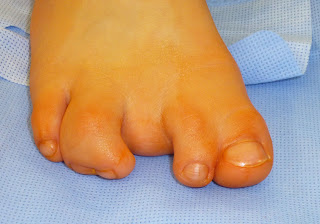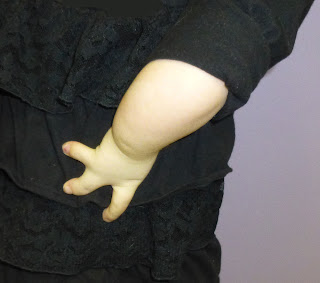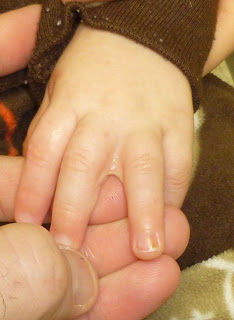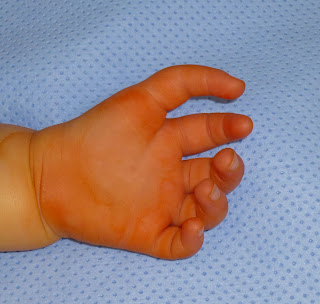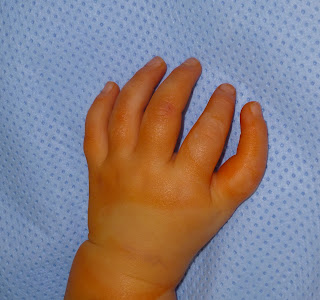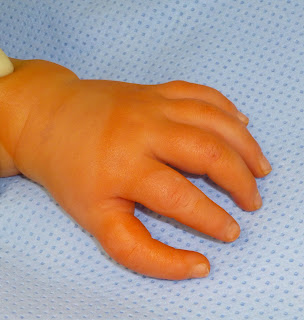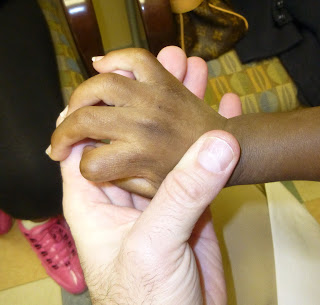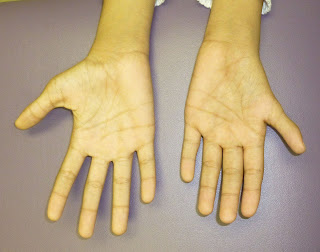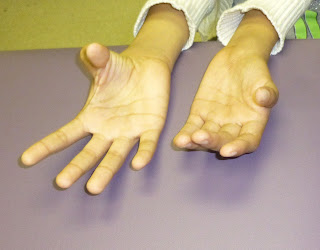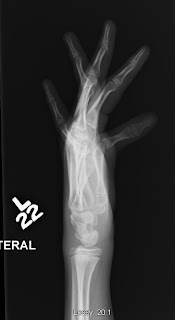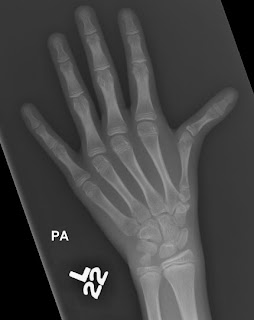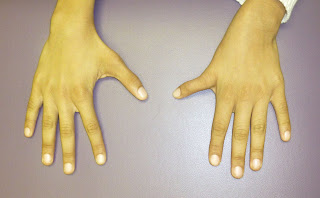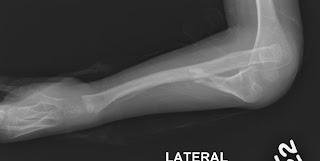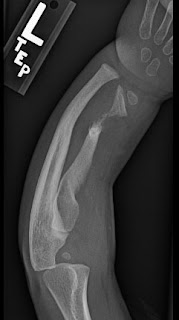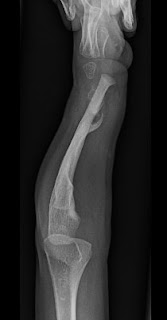There are 2 types of
toe transfers for children born with hand deficiencies: v
ascularized complete toe transfer and
non vascularized transfer of a toe phalanx (i.e., just the bone). Vascularized toe transfers are considered for children with absent digits, typically in cases of
symbrachydactyly (or transverse arrest) or
amniotic constriction band. One or two toes can be transferred to improve function. This is obviously a quite involved surgery involving the removal of a toe with all of its bone, nerves, arteries, veins and tendons. The digit is then moved to the hand with reconnection of all of these structures, using a microscope for the nerves and vessels. It has a great potential to improve function, especially in a hand with no digits but this type of intervention is not for every family. Simon Kay, in England, has written on this topic
http://www.ncbi.nlm.nih.gov/pubmed/8982913 in a two part article. Neil Ford Jones in California is also an advocate of this procedure and has shared his views in a review article
http://www.ncbi.nlm.nih.gov/pubmed/17478259 as well as speaking on the topic.
Nonvascularized toe transfer is another option to provide length to the deficient congenital hand. Surgeons who believe in this operation believe that one could remove the toe phalanx (one of the 3 bones in the toe), transfer it to the hand, and growth can be maintained. I, along with others, have been less successful in achieving growth of this transferred bone. Additionally, it has been shown that the earlier the transfer (ideally at less than 6 months of age), the more likely that growth will be achieved. However, the problem with such an early surgery is that if growth does not occur, the bone that has been transferred is really small and unlikely to make a functional difference in a growing hand.
I believe that there is a role for this surgery with several considerations. First, when I consider this operation, I do so when the child is several years of age. That way I am transferring a toe phalanx that is of a reasonable size which can improve function even if it does not grow. And second, I consider toe transfer together with lengthening of the digit.
http://congenitalhand.wustl.edu/2012/06/finger-lengthening.html By transferring a toe, the amount of bone to work with and then lengthen is increased- I believe increasing the chance of a successful intervention. Bill Seitz has written on this topic.
http://www.ncbi.nlm.nih.gov/pubmed/20353864Finally, in my experience, families are not excited about harvesting bone from the feet. Obviously it will leave a scar and sometimes there can be deformity. I share this concern. A recent paper from England documents that the toe deformity is greater than we previously appreciated.
http://www.ncbi.nlm.nih.gov/pubmed/22305432In short, I will occasionally use
nonvascularized toe transfer but it is not my first choice for reconstruction in most children. When I do consider this option, external fixator lengthening is also considered a part of the procedure in most kids. I believe that va
scularized toe transfers also have a role for very specific children in certain families.
Below are several pictures from a recent child I evaluated as a second opinion. Early
nonvascularized toe transfer had been performed without much benefit and with toe deformity noted.
![]() |
| Hand appearance in child with symbrachydactyly after the addition of 3 toe phalanx bone years ago. Functional pinch is still between the thumb and the pinky. |
![]() |
| X-rays demonstrating small additional bones in toe transfers with symbrachydactyly. |
![]() |
| Foot appearance after nonvascularized toe transfers from 3 toes. |














